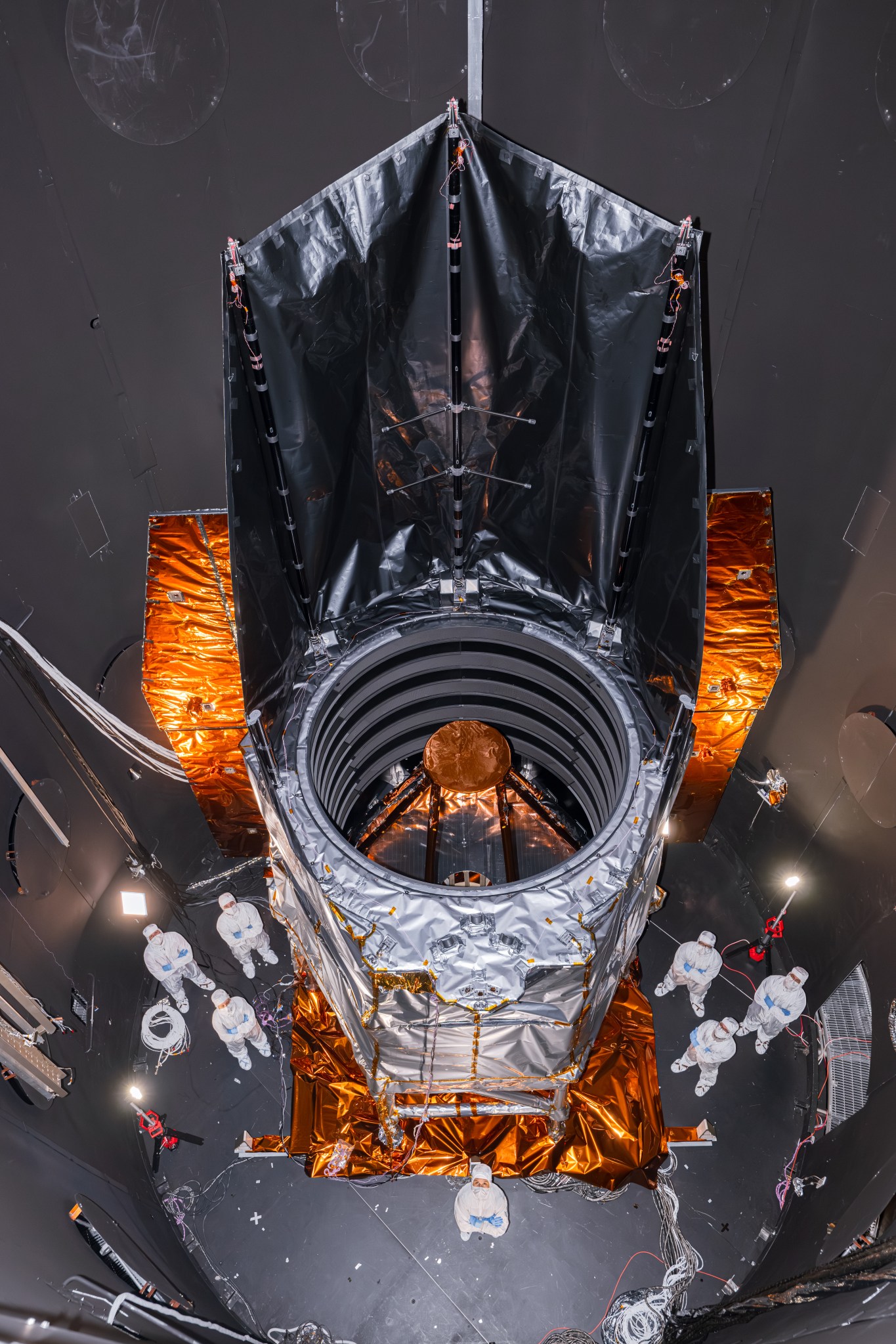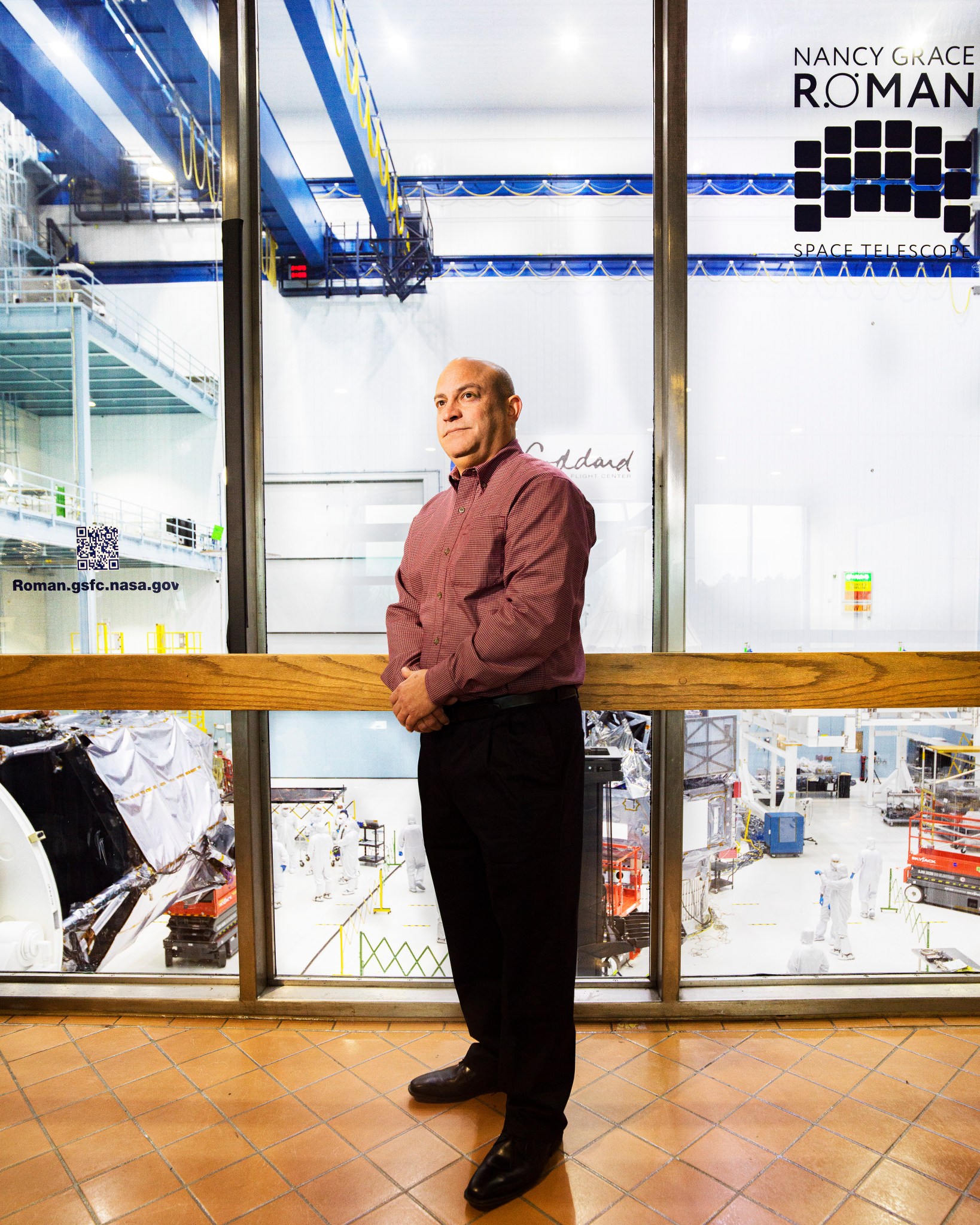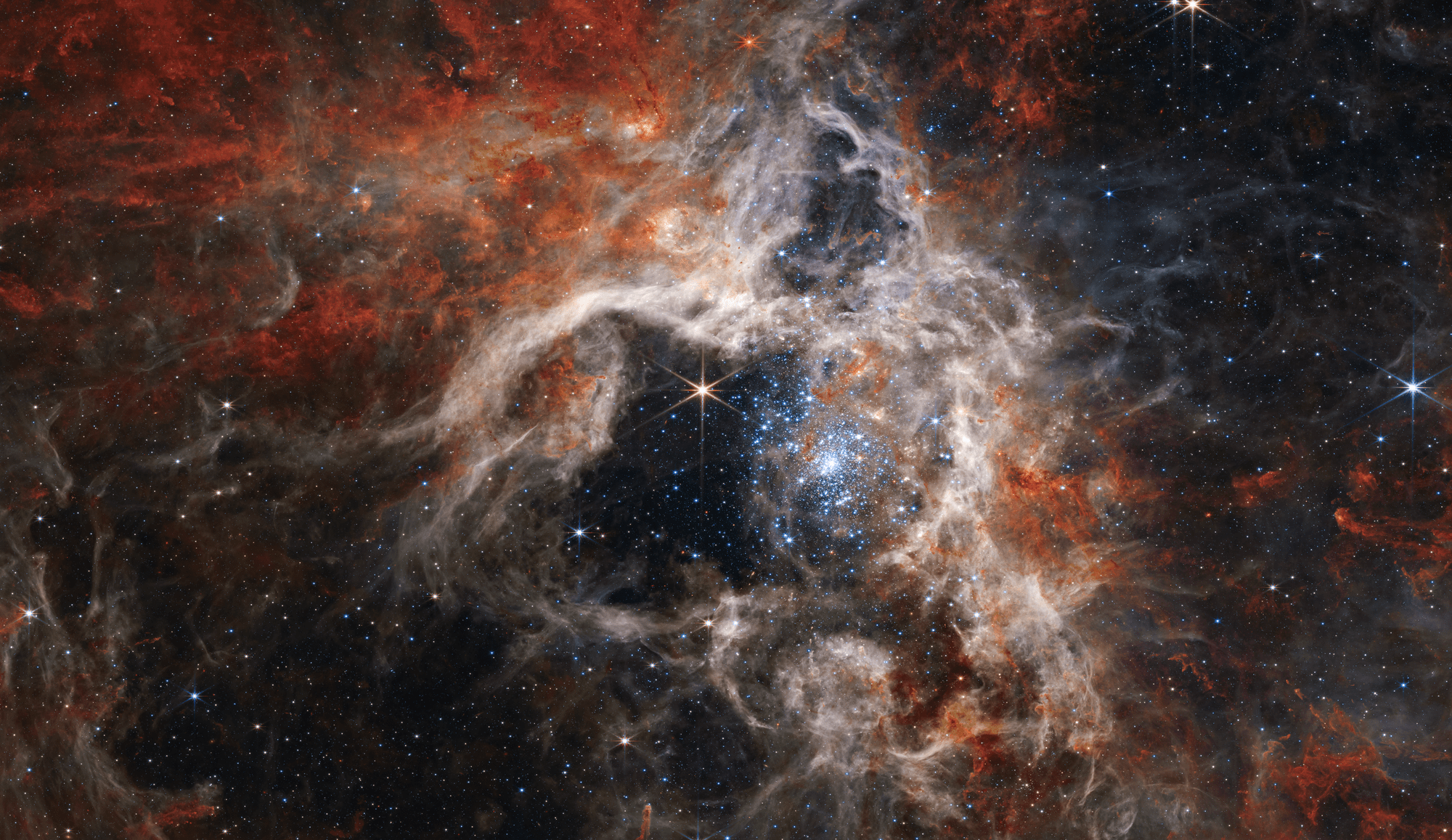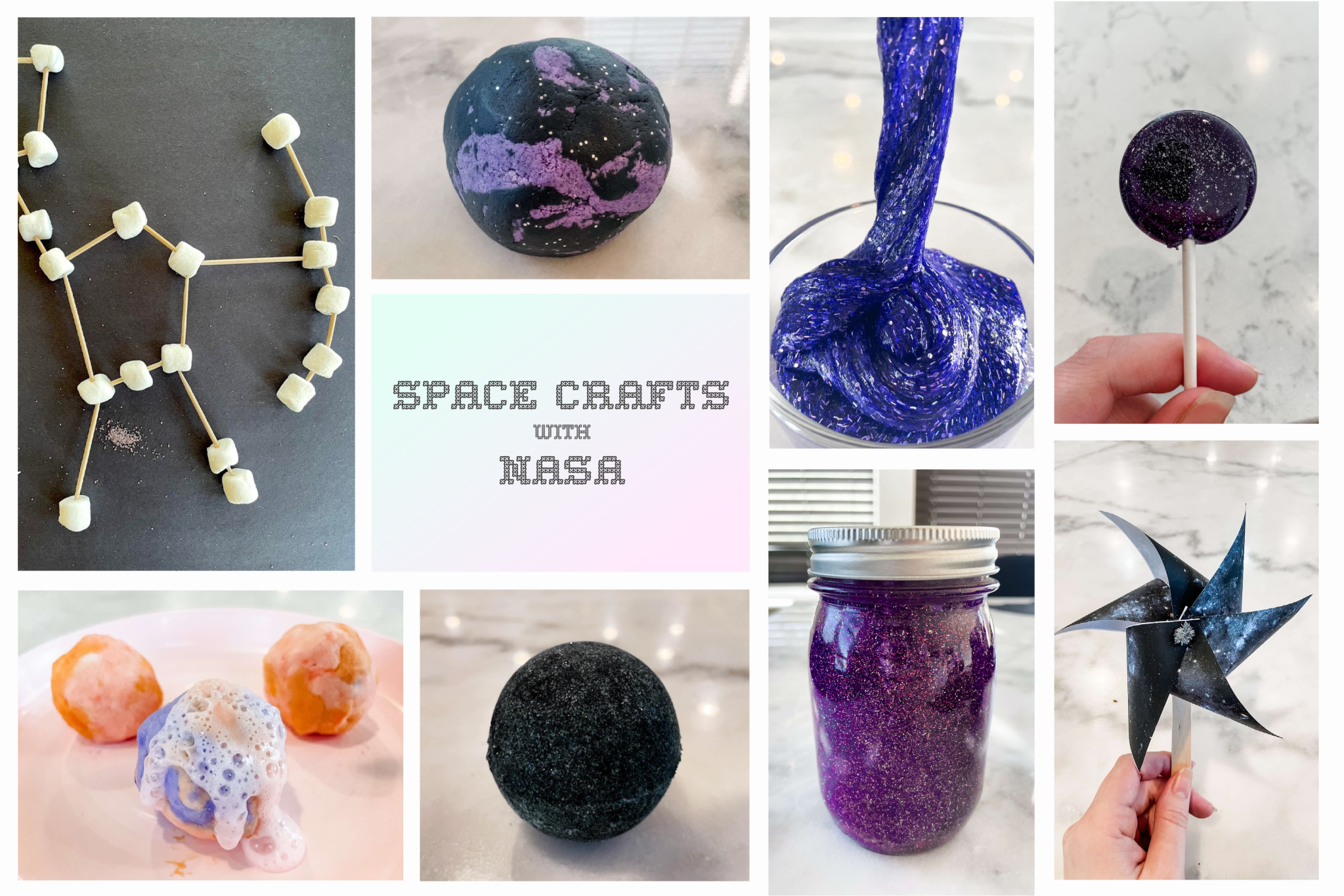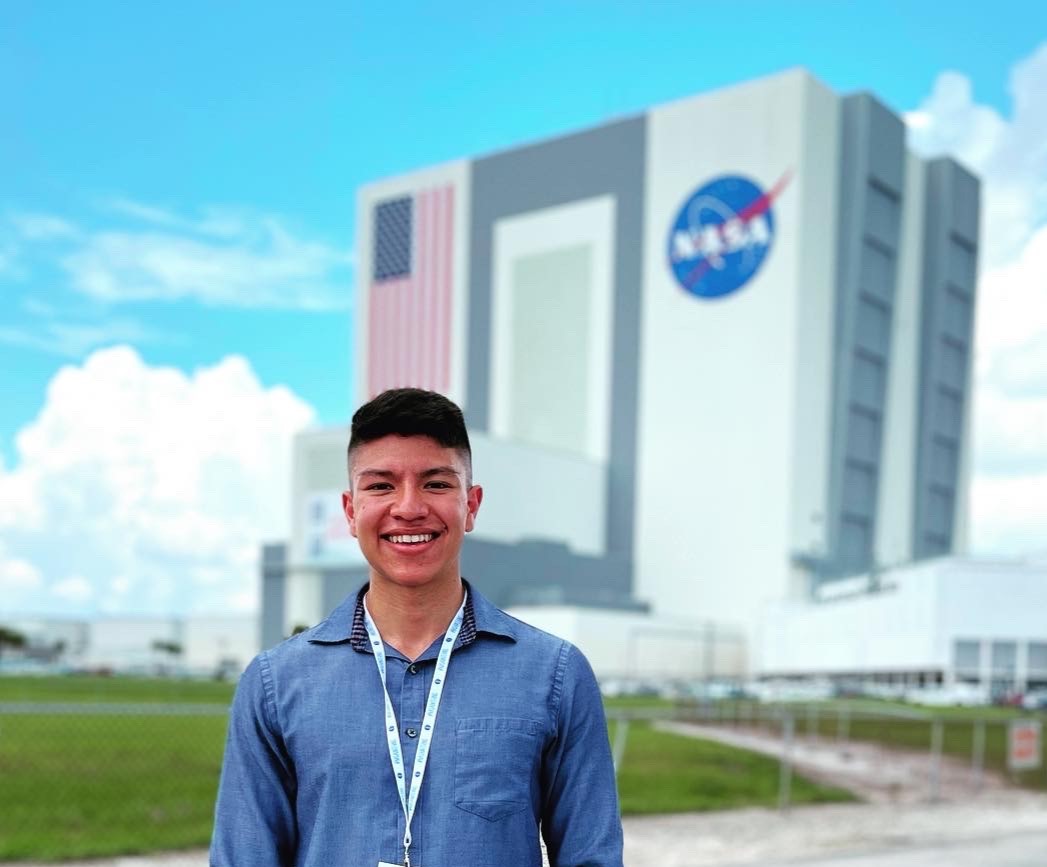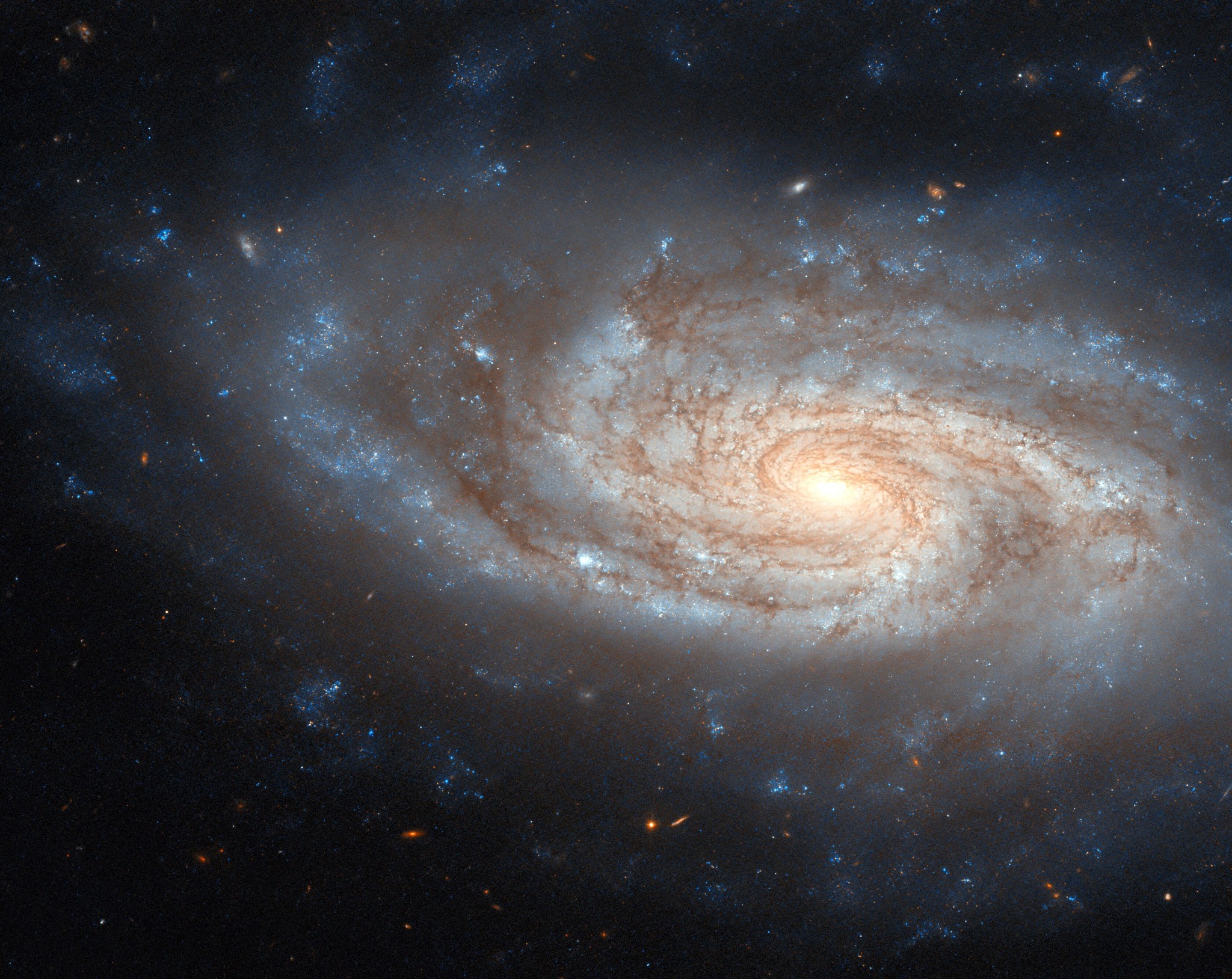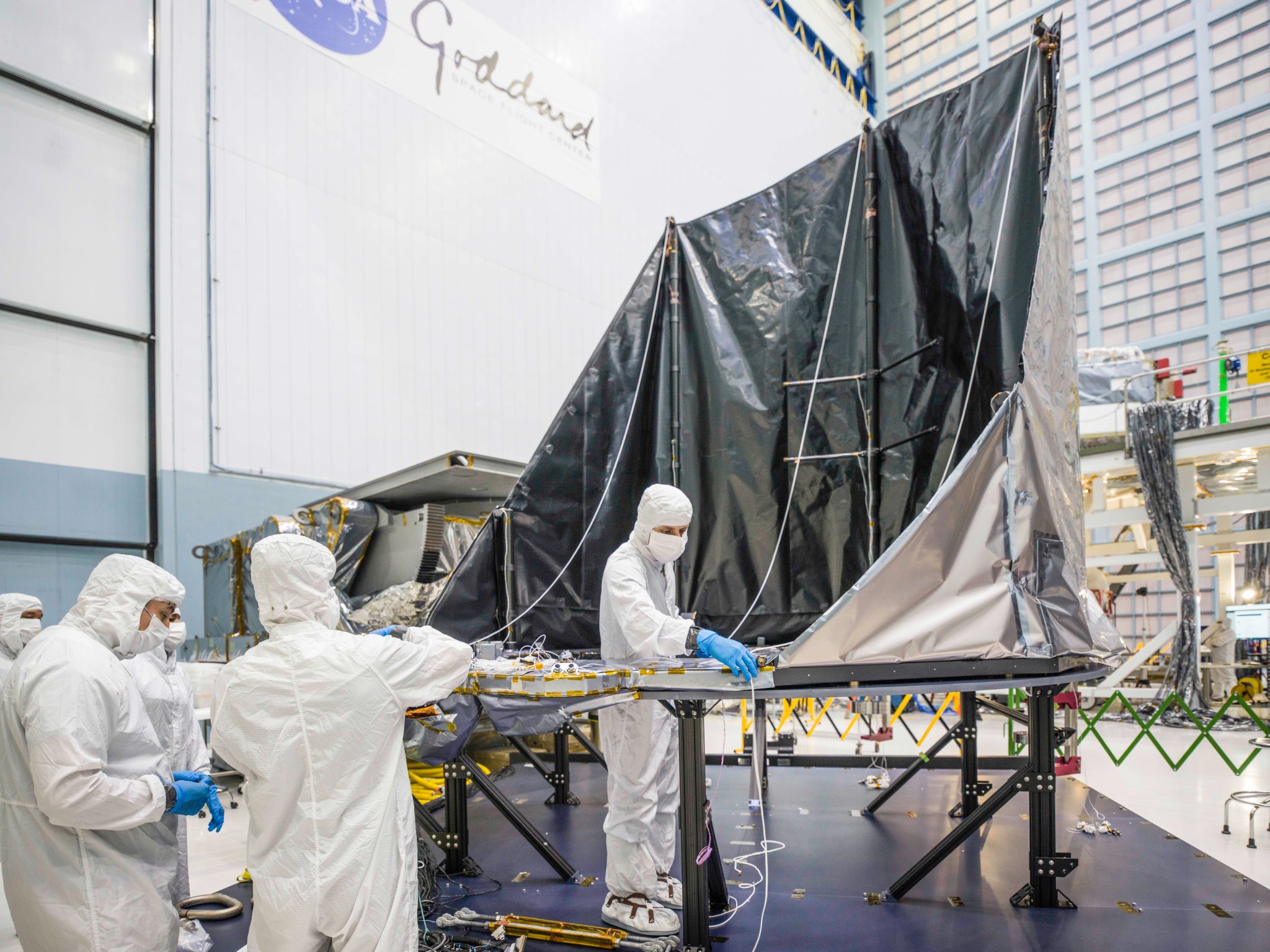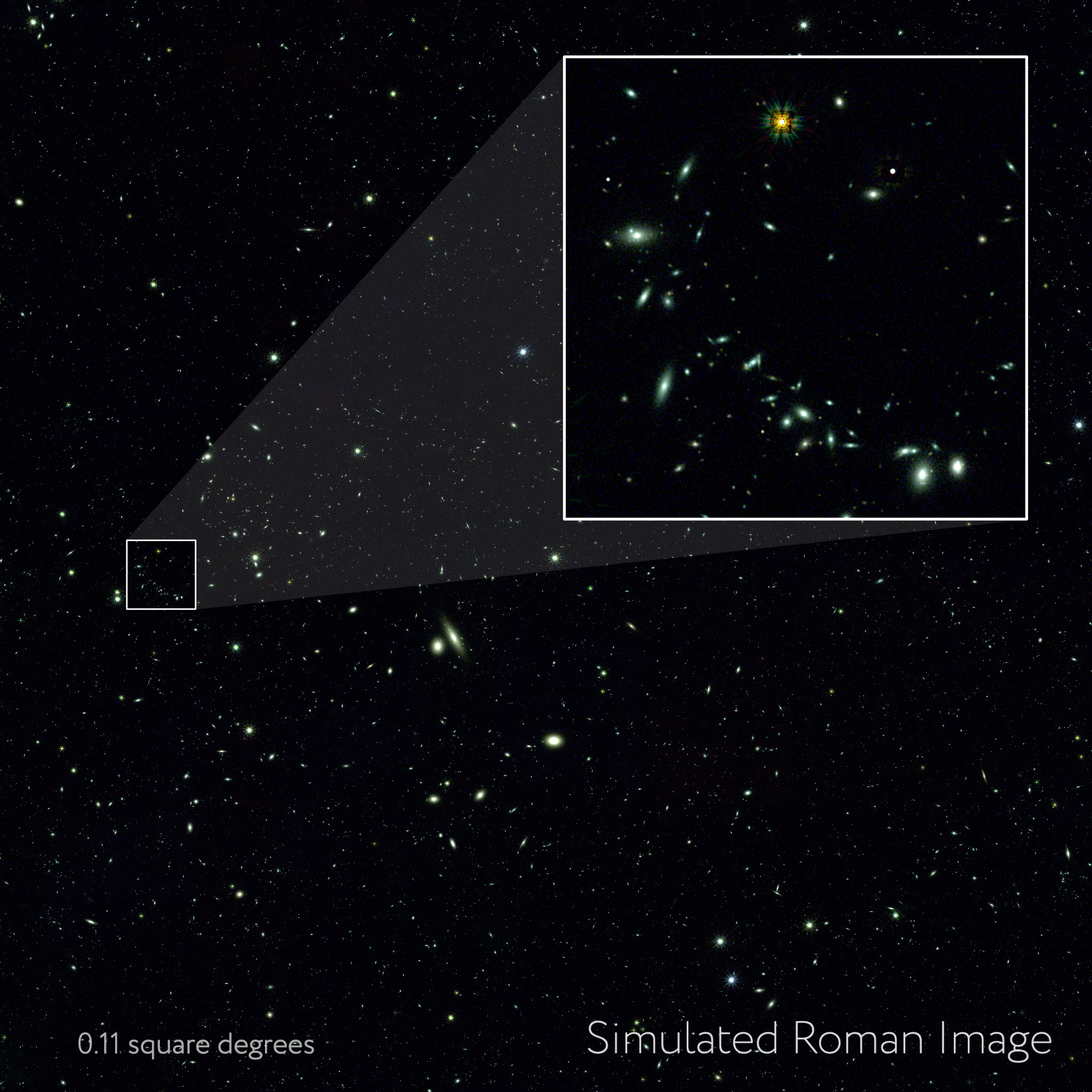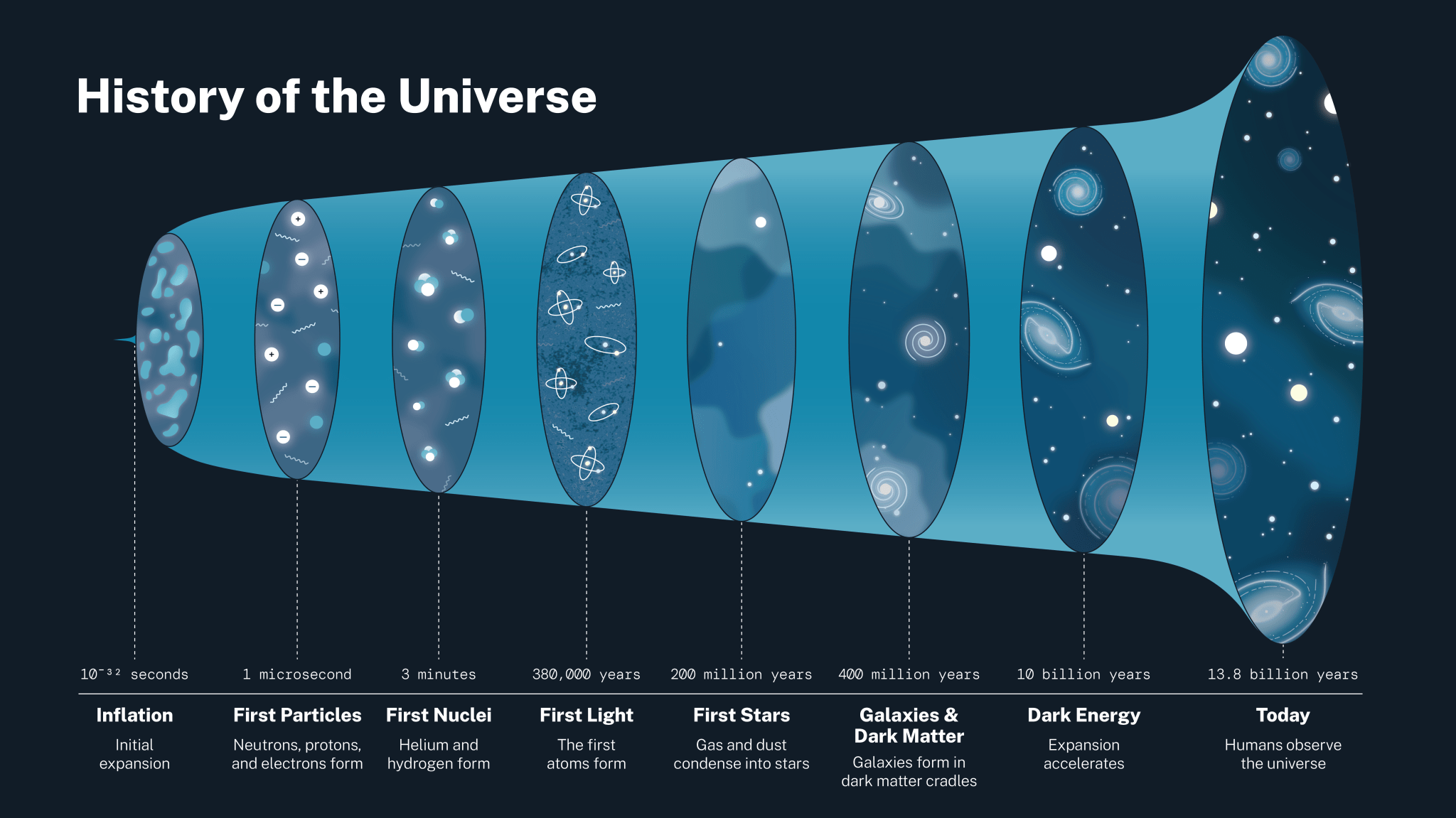6 min read Let’s Bake a Cosmic Cake! To celebrate what would have been the 100th birthday of Dr. Nancy Grace Roman — NASA’s first chief astronomer and the namesake for the agency’s nearly complete Nancy Grace Roman Space Telescope — we’re baking a birthday cake! This isn’t your ordinary birthday treat — this cosmic cake represents the contents of our universe and everything the Roman telescope will uncover. NASA’s Nancy Grace Roman Space Telescope Cosmic Cake NASA The outside of our cosmic cake depicts the sky as we see it…
Read MoreTag: Nancy Grace Roman Space Telescope
Key Portion of NASA’s Roman Space Telescope Clears Thermal Vacuum Test
One half of NASA’s nearly complete Nancy Grace Roman Space Telescope just passed a lengthy test to ensure it will function properly in the space environment. This photo shows half of the NASA’s Nancy Grace Roman observatory — the outer barrel assembly, deployable aperture cover, and test solar arrays — fully deployed in a thermal chamber at NASA’s Goddard Space Flight Center in Greenbelt, Md., for environmental testing. Credit: NASA/Sydney Rohde “This milestone tees us up to attach the flight solar array sun shield to the outer barrel assembly, and…
Read MoreJamie Dunn
Project Manager – Goddard Space Flight Center Growing up near Dover Air Force Base in Delaware, Jamie Dunn — now a project manager for NASA’s Nancy Grace Roman Space Telescope — naturally became interested in planes. While he initially wanted to be a pilot, he chose aerospace engineering as a college major. “I originally had no plans to work in the space industry,” Jamie recalls. “I never imagined I’d be working at NASA.” While pursuing his degree at the University of Maryland, he heard about a cooperative education program at…
Read MoreNASA Research To Be Featured at American Astronomical Society Meeting
6 min read NASA Research To Be Featured at American Astronomical Society Meeting In this mosaic image stretching 340 light-years across, Webb’s Near-Infrared Camera (NIRCam) displays the Tarantula Nebula star-forming region in a new light, including tens of thousands of never-before-seen young stars that were previously shrouded in cosmic dust. The most active region appears to sparkle with massive young stars, appearing pale blue. NASA, ESA, CSA, STScI, Webb ERO Production Team From new perspectives on the early universe to illuminating the extreme environment near a black hole, discoveries from…
Read MoreLaunch Your Creativity with These Space Crafts!
9 min read Launch Your Creativity with These Space Crafts! In honor of the completion of our Nancy Grace Roman Space Telescope’s spacecraft — the vehicle that will maneuver the observatory to its place in space and enable it to function once there — we’re bringing you some space crafts you can complete at home! Join us for a journey across the cosmos, starting right in your own pantry. Stardust Slime Did you know that most of your household ingredients are made of stardust? And so are you! Nearly every…
Read MoreAaron Vigil Helps Give SASS to Roman Space Telescope
The stars in the big Wyoming skies inspired Aaron Vigil as a child to dream big. Today, he’s a mechanical engineer working on the Solar Array Sun Shield (SASS) for the Nancy Grace Roman Space Telescope at Goddard. Name: Aaron VigilTitle: Mechanical EngineerFormal Job Classification: Aerospace Technology, Flight StructuresOrganization: Mechanical Engineering, Engineering and Technology Directorate (Code 543) Aaron Vigil is a mechanical engineer at Goddard Space Flight Center in Greenbelt, Md. Photo courtesy of Aaron Vigil What do you do and what is most interesting about your role here at Goddard? How…
Read MoreNASA Selects 5 New Roman Technology Fellows in Astrophysics
9 min read NASA Selects 5 New Roman Technology Fellows in Astrophysics This NASA/ESA Hubble Space Telescope image treats viewers to a wonderfully detailed snapshot of the spiral galaxy NGC 3430 that lies 100 million light-years from Earth in the constellation Leo Minor. Several other galaxies, located relatively nearby to this one, are just beyond the frame of this image; one is close enough that gravitational interaction is driving some star formation in NGC 3430 – visible as bright-blue patches near to but outside of the galaxy’s main spiral structure.…
Read MoreNASA Tests Deployment of Roman Space Telescope’s ‘Visor’
In this clip, engineers are testing the the Nancy Grace Roman Space Telescope’s Deployable Aperture Cover. This component is responsible for keeping light out of the telescope barrel. It will be deployed once in orbit using a soft material attached to support booms and remains in this position throughout the observatory’s lifetime. Credit: NASA’s Goddard Space Flight Center The “visor” for NASA’s Nancy Grace Roman Space Telescope recently completed several environmental tests simulating the conditions it will experience during launch and in space. Called the Deployable Aperture Cover, this large…
Read MoreNASA’s Roman Mission Gets Cosmic ‘Sneak Peek’ From Supercomputers
Researchers are diving into a synthetic universe to help us better understand the real one. Using supercomputers at the U.S. DOE’s (Department of Energy’s) Argonne National Laboratory in Illinois, scientists have created nearly 4 million simulated images depicting the cosmos as NASA’s Nancy Grace Roman Space Telescope and the Vera C. Rubin Observatory, jointly funded by NSF (the National Science Foundation) and DOE, in Chile will see it. Michael Troxel, an associate professor of physics at Duke University in Durham, North Carolina, led the simulation campaign as part of a…
Read MoreWhat is Dark Energy? Inside our accelerating, expanding Universe
11 min read What is Dark Energy? Inside our accelerating, expanding Universe Some 13.8 billion years ago, the universe began with a rapid expansion we call the big bang. After this initial expansion, which lasted a fraction of a second, gravity started to slow the universe down. But the cosmos wouldn’t stay this way. Nine billion years after the universe began, its expansion started to speed up, driven by an unknown force that scientists have named dark energy. But what exactly is dark energy? The short answer is: We don’t…
Read More
